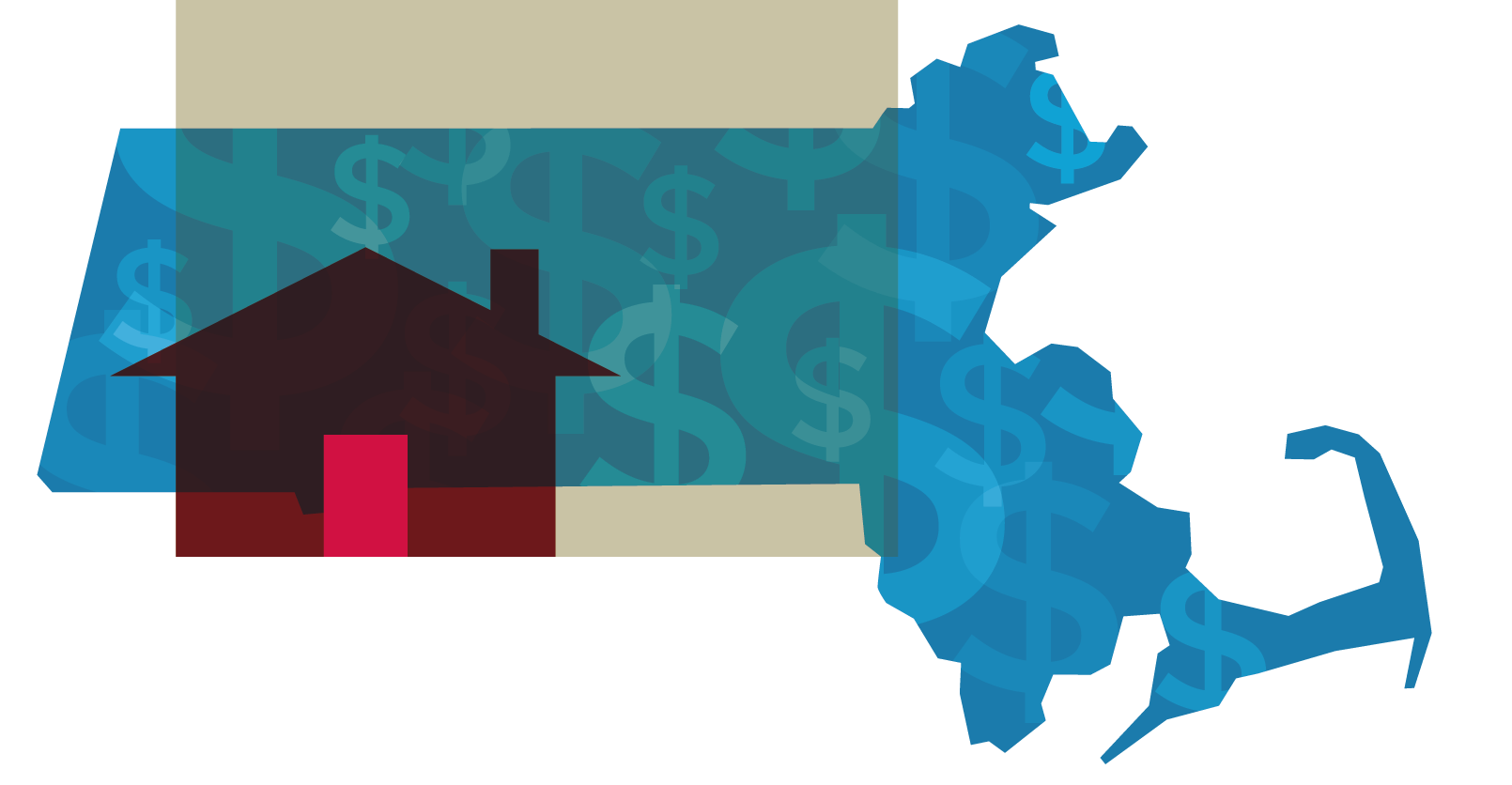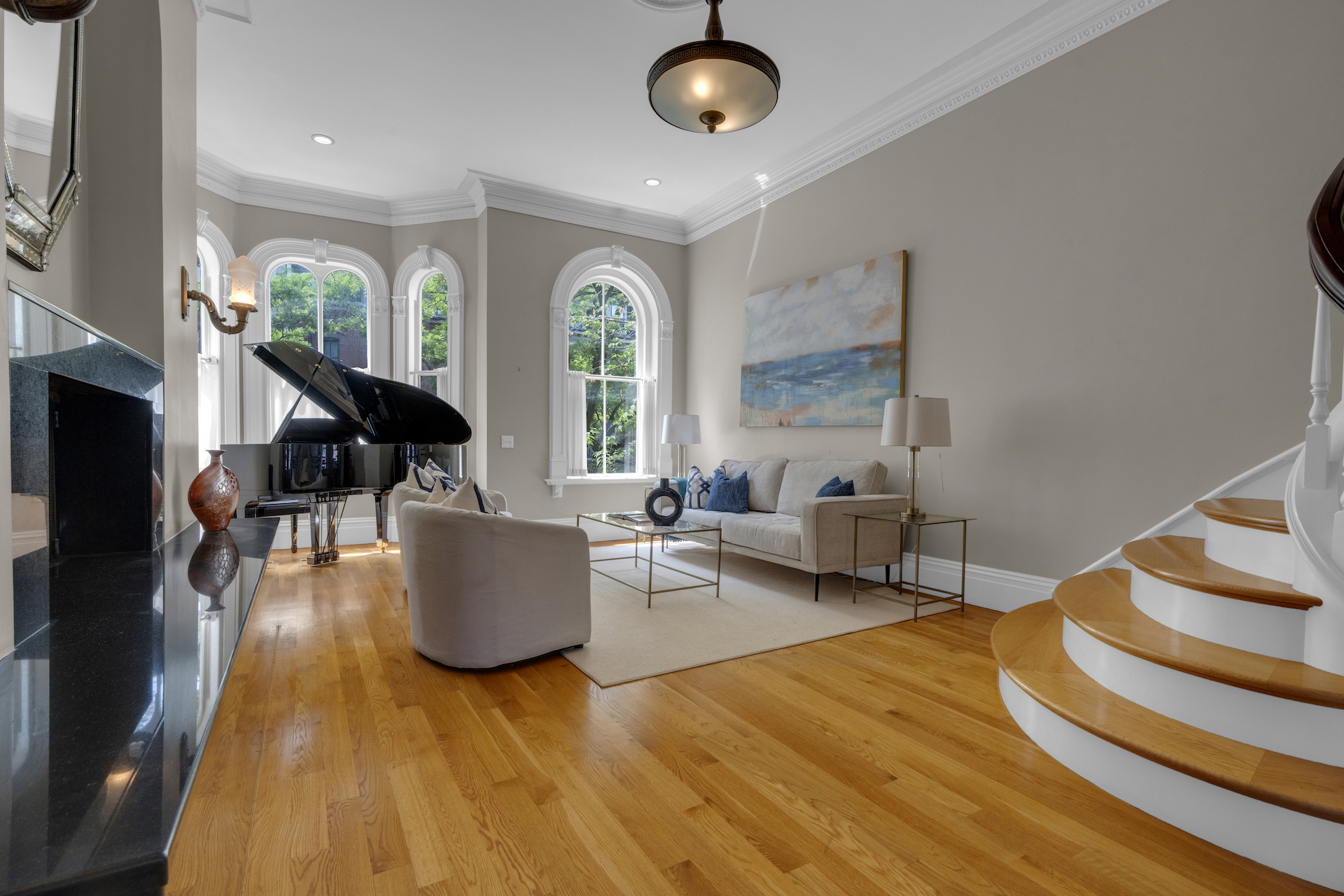A walk, drive or bike ride down the street is sure to delight, horrify or just perplex you as you take in the profound changes being implemented to many of Boston’s major thoroughfares. Two lane roadways have been narrowed to one and long stretches of dedicated bike lanes have been added, along with traffic barriers and concrete islands intended to separate the bikes from the BMWs. If you are like most Bostonians, you probably have a strong opinion one way or another as to whether these changes are forward thinking and environmentally friendly or the source of undue traffic delays and loss of productivity for Boston’s residents and businesses alike. While it may seem as though this transformation has come from nowhere, it actually represents the culmination of an evolution in thinking on the part of city officials that has been a long time in the making. Throughout much of the 20th century, public policy on both the local and national levels was formulated to advantage the automobile at the expense of the environment and the urban streetscape. Increasing congestion in America’s cities, however, has brought public safety and environmental concerns prompting public planners to shift that policy. City officials have more recently attempted to strike a balance between accommodating the interests of vehicle drivers and those of Bostonians whose primary mode of transportation is the bicycle.
That balance is now shifting ever more toward the bicyclists with the addition of 59 miles of off-street bike paths, 17.5 miles of separated bike lanes and 8 miles of neighborhood bike routes that have been built over four mayoral administrations, with more to come, reported Boston Transportation Department spokesperson Anne Roach. “The city is looking to build about nine [more] miles of bike lanes, focusing on areas where safety incidents have occurred and routes that connect to Boston’s downtown employment hubs,” said Roach. “The city will work urgently to build these bike facilities, with most of the links planned to be completed by December 2023. Environmentalists insist that more separate bike lanes help reduce auto congestion and the emission of greenhouse gases which cause global warming. Health experts also favor bike lanes as a means of promoting active lifestyles. Public safety advocates are yet another constituency which supports the changes being made because they believe that the addition of bike lanes means there will be fewer accidents.

Not everyone is happy with the changes by any means, however. In fact, few public-works initiatives have been as publicly divisive nor implemented amidst greater controversy than the plan to add road lanes earmarked for bicycle transit only. Motorists complain that bike lanes bottleneck the main autoroute by reducing the number of lanes, in many cases from two to one lane. The resulting traffic snarls force drivers to detour onto smaller side streets, causing them to become less quiet and bucolic. Others insist that narrowing the auto-lanes raises the risk posed by motorists side-bumping adjacent vehicles. Many have also expressed concern that the replacement of parking with bike lanes will harm local businesses whose viability will suffer as some customers avoid frequenting places that they cannot easily access. Newly configured streets could become even more problematic for all involved during the winter months than policymakers realize. In the aftermath of serious snowstorms, the city’s two lane roads often narrow to one as it is and there is no telling what will happen when a single lane in each direction meets a sizable nor’easter. “They are taking valuable roadway and parking downtown for ‘bike lanes’. Just wasting taxpayer funds,” tweeted one local resident on Dec. 8th. “It’s just about impossible to find a parking space in Boston, Cambridge or Somerville, now more than ever with all the fancy, new, oh-look-at-us-we’re-so-cool bike lanes,’’ tweeted another Bostonian on Dec. 9th.
To understand the genesis of this divergence in perspective, it is important to remind ourselves that Boston’s streets were designed and planned with only horse drawn carriages and pedestrians in mind. The two co-existed quite amicably until the advent of the automobile in the early 20th century, which was destined to become the pre-eminent mode of transportation. The construction of the central artery in 1959 was followed by the extension of the Massachusetts Turnpike in 1965, which bulldozed a 12.3-mile chasm between the Back Bay and neighboring South End and Fenway districts.
The tide began to turn in 1968, when then governor Frank Sargent canceled construction of the Inner Belt, a 10-mile, 8-lane roadway from Charlestown through Somerville, Cambridge, Brookline, Fenway, Roxbury and South End, followed by his 1969 stoppage of the Southwest Expressway, an 8-mile extension of I-95 from Canton through Jamaica Plain, Roxbury and the South End to the Back Bay, after more than 500 homes had already been razed for it. Sargent’s decree eventually led to the 1987 dedication of the bike and pedestrian- friendly Southwest Corridor Park paralleling a new branch of the Orange Line and an Amtrak route, offering a prototype for bike lanes in other parts of the city. As we know, the depression of the central artery, known as the “Big Dig” and the development of air rights parcels over the Mass Pike are subsequent initiatives that made Boston a more bike friendly city. Late Mayor Thomas M. Menino added bike lanes throughout the city as well and by the end of his mayoralty in 2013, Boston had 120 miles of bike paths and approximately 1000 Hubway bike-share bikes.
Mayor Martin J. Walsh furthered Menino’s legacy through his Go Boston 2030 citywide transportation improvement initiative. This plan calls for an interconnected network of designated bike lanes throughout the central part of Boston, but only a bit more than 9 miles of this plan had actually been executed, according to Livable Streets’ 2020 progress report. Mayor Michelle Wu—who bikes to work regularly—enthusiastically took up the bikelane torch, with the aim to put 50% of Boston’s residents within three minutes walking distance from a designated bike lane by the end of 2023, according to Roach. The Boston Cyclists Union reported in September that pop-up bike lanes on Columbus Avenue in the South End and on Huntington Avenue from Brigham Circle to Gainsborough Street in the Fenway, both resulting from the month-long Orange Line shutdown from August 19 to Sept. 19, are becoming permanent.
Wu’s effort to install a new bike-friendly infrastructure in Mattapan, however, has encountered a roadblock. Many fear that these bike lanes will result in gentrification, thereby congesting auto traffic, under the assumption that middle-to-low-income people who depend on cars to get to two or more jobs every day would move out and wealthier people with more time to bike to work would replace them. Under this scenario, the addition of bike lanes could increase property values, placing the neighborhood beyond the reach of minority populations. Others disagree, citing that bikes are cheaper to buy and operate than cars and that bike lanes will reduce commute times for cyclists.
Despite opposition from many of the city’s motorists as well as some opponents’ fears that bike lanes will exacerbate the very environmental problems they seek to reduce, signs point to public opinion favoring the changes. A 2021 survey by Mass INC Polling Group indicated that 50% of Boston respondents “probably or definitely” would bike more if there were separated bike lanes in their neighborhood, and 77% supported building separated bike lanes, even if some space for driving or parking was removed. “We know that bicycling is important for Boston today and into the future,” said Roach. “We need to make sure our streets are safe for the thousands of people who bike today, and for the many more who will choose to ride tomorrow. Research shows that more people will ride bikes if they have access to bike lanes that are separate from vehicles and from pedestrians, and we know that Bostonians want better bike lanes.”














